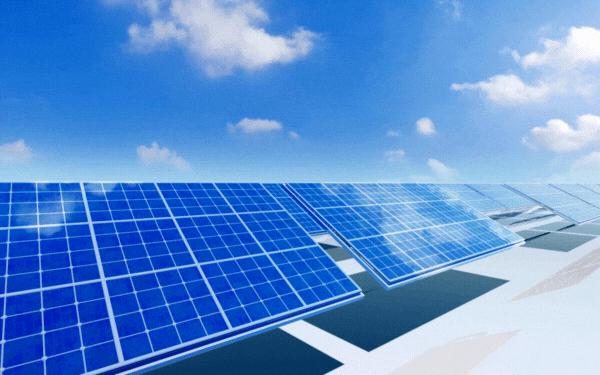If solar energy systems need to pick up sun rays which they convert into electricity, then they need a device that can first capture the raw energy source. This job belongs to the solar panel.
When we think of solar energy, we usually associate it with solar panels. These cells are long blocks of reflective-looking material. But what is their exact use? In the article, we will take a closer look at what are solar panels used for and where people usually place them.
How do Solar Panels Work?

Most manufacturers make their solar panels out of silicon modules. These modules contain photovoltaic cells that capture sun rays during a bright day. Most of the time when the sun hits a service the energy transforms itself into heat. But, with the help of photovoltaic cells, that energy is instead converted into electricity.
Photovoltaic cells contain both a negative and positive strip of the film trapped underneath a piece of glass. When the photons from sunlight hit the solar panels, then most of the electrons repel away from the photon. This process leaves the negatively charged particles which drift toward the edge of the cell, producing electricity. This current of electricity then transfers itself to the battery using photovoltaic cables.
Read also: How Many Solar Panels are Needed to Power the US?
Where is the Best Place to Set Up Your Solar Panel?

Typically, the best place for a solar panel is the roof of a home or building — due to the unfettered access to sunlight. However, if trees or shade block the sunlight, then some solar panels may be set up on the ground. Solar panels that you set up on the ground will need to turn to meet the sunlight, either remotely or manually, so you will need to account for this issue.
We hope this article helped you answer the question: what are solar panels used for in a solar system? The type of solar panel you buy and the position of where you place it can have a massive impact on the efficiency of your solar system. As such, you should be aware of correctly what people use it for within a solar system.

